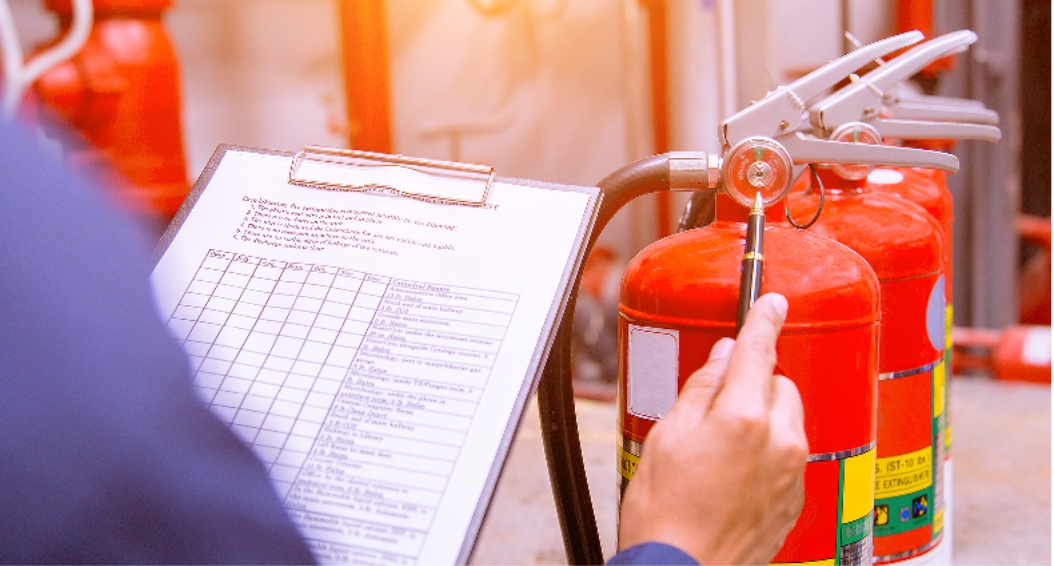Fire safety inspections are essential for ensuring the safety of occupants in any building. Whether you’re a landlord, property manager, or fire safety professional, following best practices during Fire Risk Assessments helps identify potential hazards, ensure compliance with regulations, and maintain a safe environment. Here’s a guide to the best practices for conducting thorough fire safety inspections.
Understanding Fire Safety Inspections
Fire safety inspections involve systematic assessments of a building’s fire prevention measures, detection systems, evacuation procedures, and overall readiness to handle fire emergencies. These inspections are typically conducted by trained professionals to ensure compliance with fire safety regulations and standards.
1. Preparing for the Inspection
Before conducting a fire safety inspection, it’s essential to gather necessary information and documentation. Review building plans, previous inspection reports, maintenance records of fire safety equipment (e.g., fire alarms, extinguishers), and any relevant fire safety policies or procedures. Preparation ensures a thorough and efficient inspection process.
2. Assessing Fire Hazards
During the inspection, assess the building for potential fire hazards. This includes identifying sources of ignition (e.g., electrical appliances, heating systems), combustible materials (e.g., storage of flammable liquids, paper), and any conditions that could contribute to the spread of fire (e.g., blocked escape routes, inadequate fire separation).
3. Checking Fire Detection and Alarm Systems
Inspect the functionality and placement of fire detection and alarm systems, such as smoke detectors, heat detectors, and fire alarms. Ensure these systems are operational, regularly tested, and properly maintained. Test alarms to verify they activate correctly and are audible throughout the building, including in all occupied areas and corridors.
4. Reviewing Emergency Evacuation Plans
Review the building’s emergency evacuation plans and procedures. Assess the clarity and accessibility of escape routes, availability of emergency exits, signage indicating evacuation routes, and assembly points. Verify that evacuation plans are current, prominently displayed, and communicated to all building occupants.
5. Examining Fire Suppression Systems and Equipment
Inspect fire suppression systems, such as sprinkler systems, and ensure they are properly installed, maintained, and in good working order. Check fire extinguishers for adequate placement, accessibility, and recent inspection tags indicating they have been serviced as per regulations. Verify the availability and condition of other firefighting equipment, such as fire blankets and hose reels.
6. Educating Building Occupants
During the inspection, emphasize the importance of fire safety to building occupants. Provide guidance on recognizing fire hazards, responding to alarms, using fire extinguishers (if applicable), and evacuating safely during a fire emergency. Educate occupants on their role in fire safety and encourage regular fire drills to practice evacuation procedures.
Conclusion
In conclusion, conducting effective fire safety inspections requires thorough preparation, attention to detail, and adherence to best practices, facilitated by London Property Inspections. By assessing fire hazards, checking fire detection and alarm systems, reviewing emergency evacuation plans, examining fire suppression systems and equipment, and educating building occupants, fire safety professionals can help ensure buildings are prepared to prevent and respond to fire emergencies. Regular inspections and proactive maintenance of fire safety measures not only protect occupants but also contribute to compliance with regulations and standards. By following these best practices, landlords, property managers, and fire safety professionals demonstrate their commitment to creating and maintaining a safe environment for everyone in the building, If you want to stay updated with posts like this, please follow us on .

